In this episode, Stan and Marshall discuss studying from masters. You’ll learn the difference between a master study and a copy, how beginners should approach studying masters, the artists that Stan and Marshall have done studies from and lessons they learned from them, a breakdown of the creative process, and how to figure out which artists are worth studying. Want to learn more? Court Jones from the Caricature course produced a couple lessons on master studies that are worth checking out. You can find them in the show notes below.
Thanks to Betterhelp for sponsoring today’s Draftsmen episode! Save 10% on your first month with Betterhelp
References and books
(some contain affiliate links)
Stan’s “Brothers” Painting
Developing Your Style by Studying the Masters
Improving Your Style With a Master Study
Drawing Lessons from the Great Masters by Robert Beverly Hale
Norman Rockwell: Behind The Camera by Ron Schick
My Adventures as an Illustrator: Norman Rockwell
Rockwell on Rockwell: How I Make a Picture
Rendering in Pen and Ink by Arthur Guptill
How Artists Grow Over Time (ft. Cesar Santos)
Sketchbook Tour with Cesar Santos – How to Become a Living Master
How to be a Good Student
Adopting Art Parents to Develop Your Style
Jon Gnagy Learn How to Draw
Andrew Loomis
Referenced Artists:
Stan’s Master Studies

Marshall’s Ink Sketches
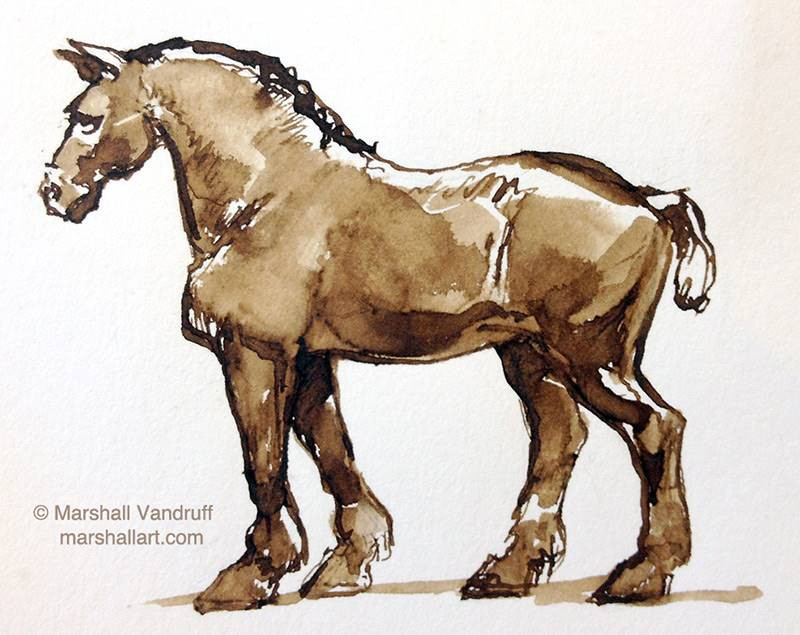
Michelangelo

Rembrandt
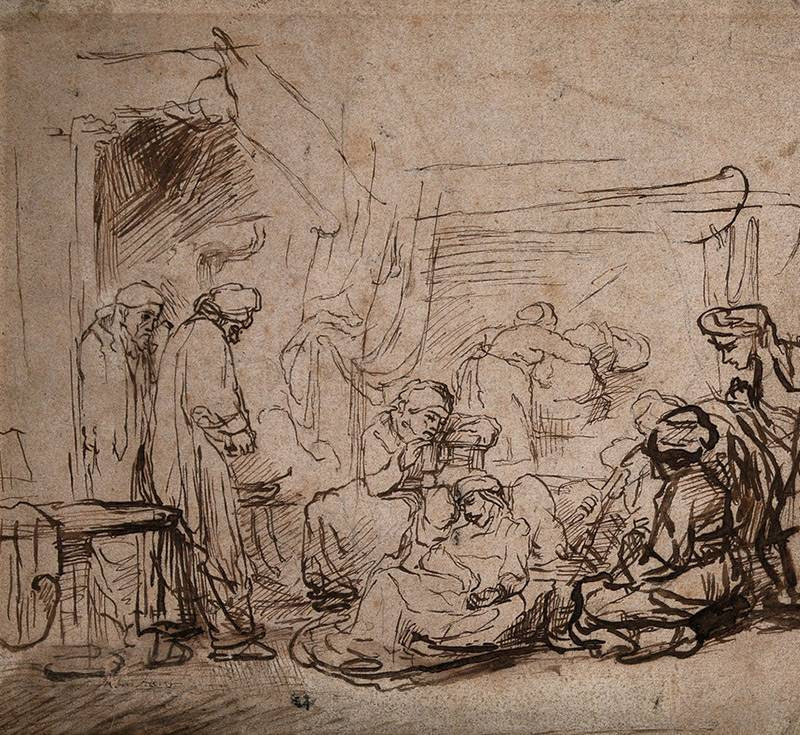
Nicolai Fechin

Howard Terpning
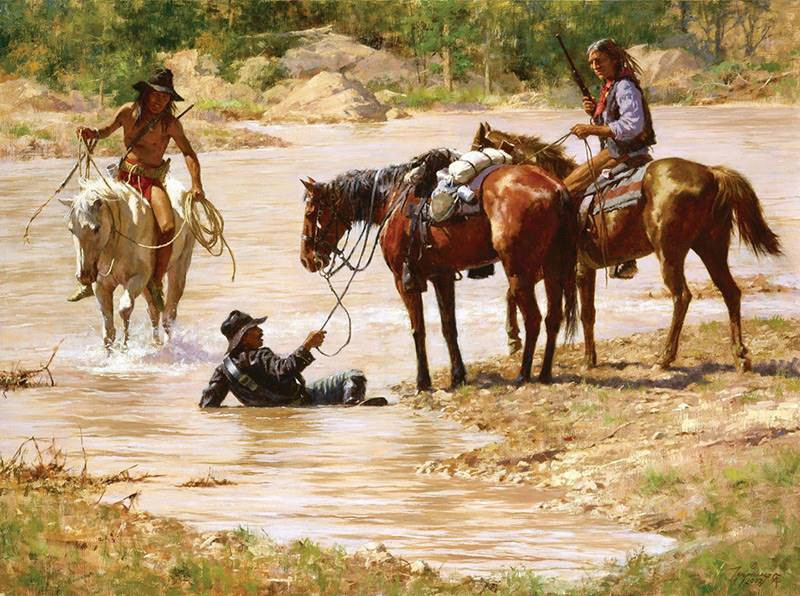
Tucker Smith
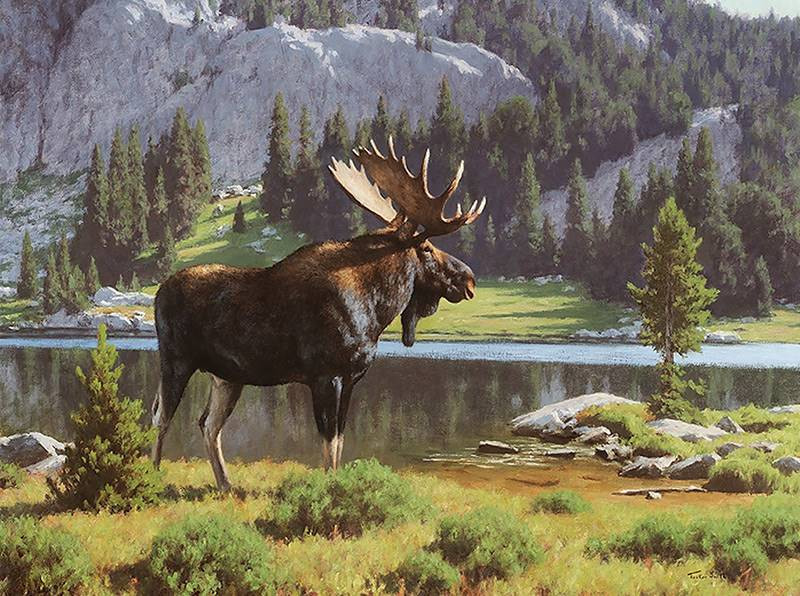
Morgan Weistling

J. C. Leyendecker

Norman Rockwell

Gustave Doré
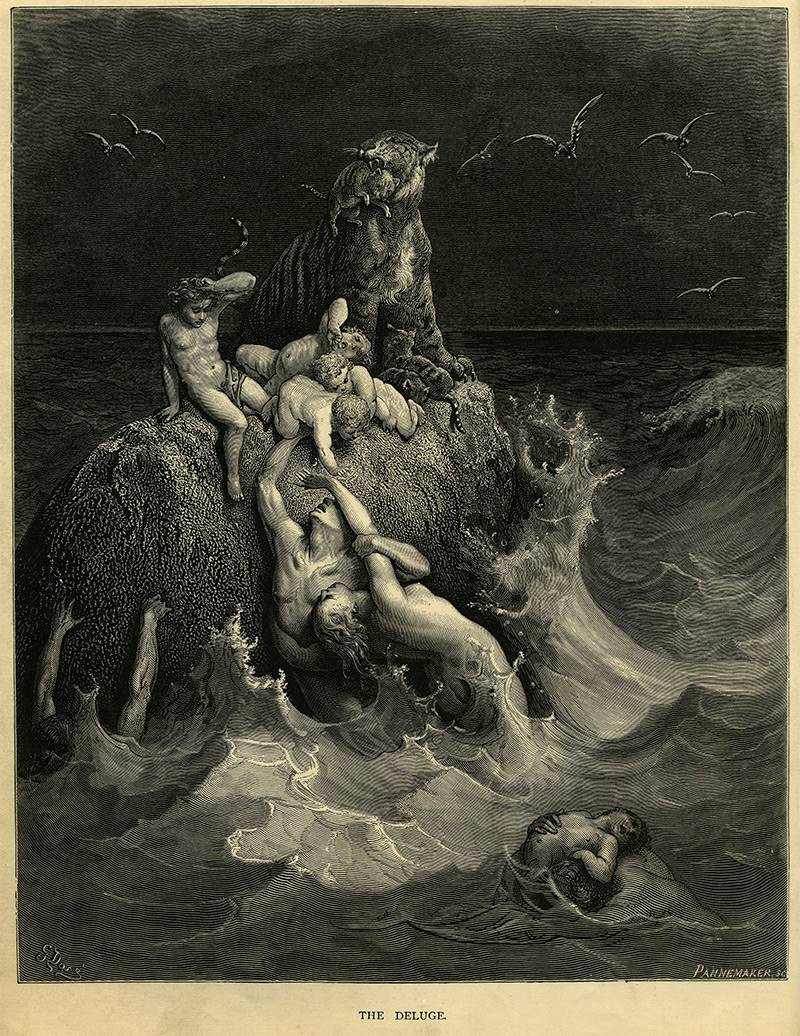
John Singer Sargent

Joaquín Sorolla

Mary Cassatt
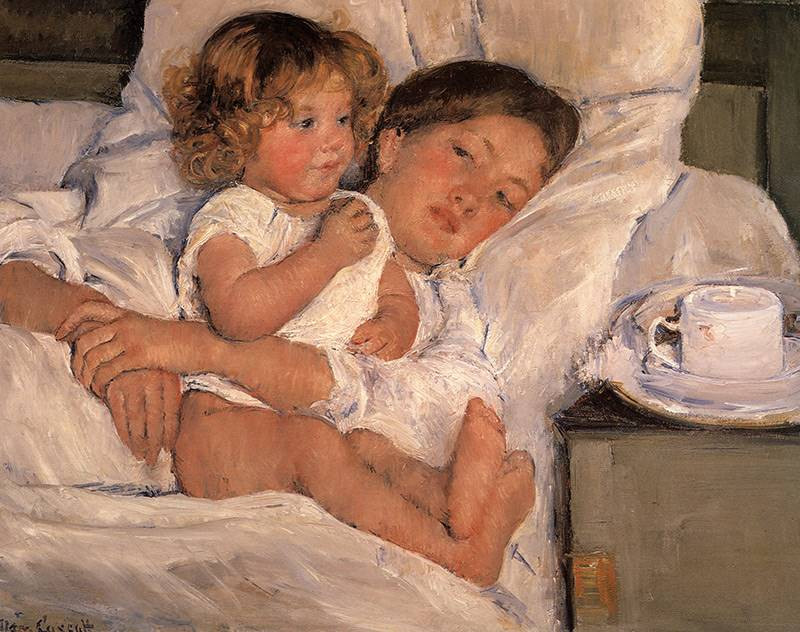
Franklin Booth

Heinrich Kley

Gerald Scarfe
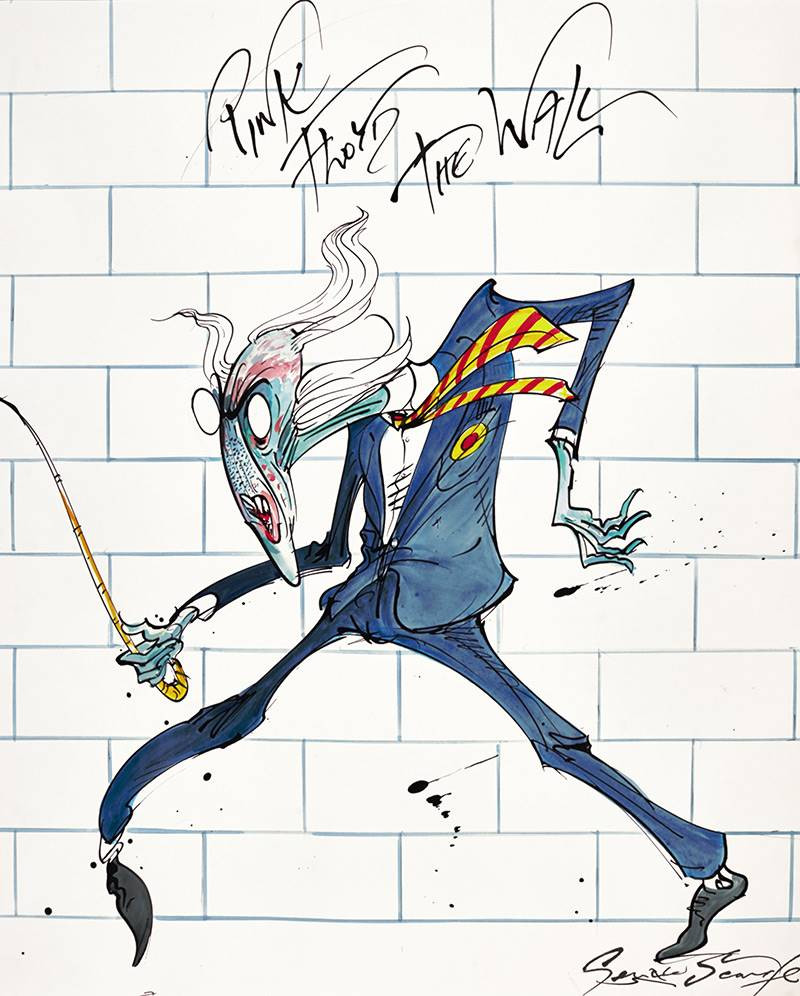
Claire Wendling

Winsor McCay

George Herriman

George Bridgman

Bernie Wrightson
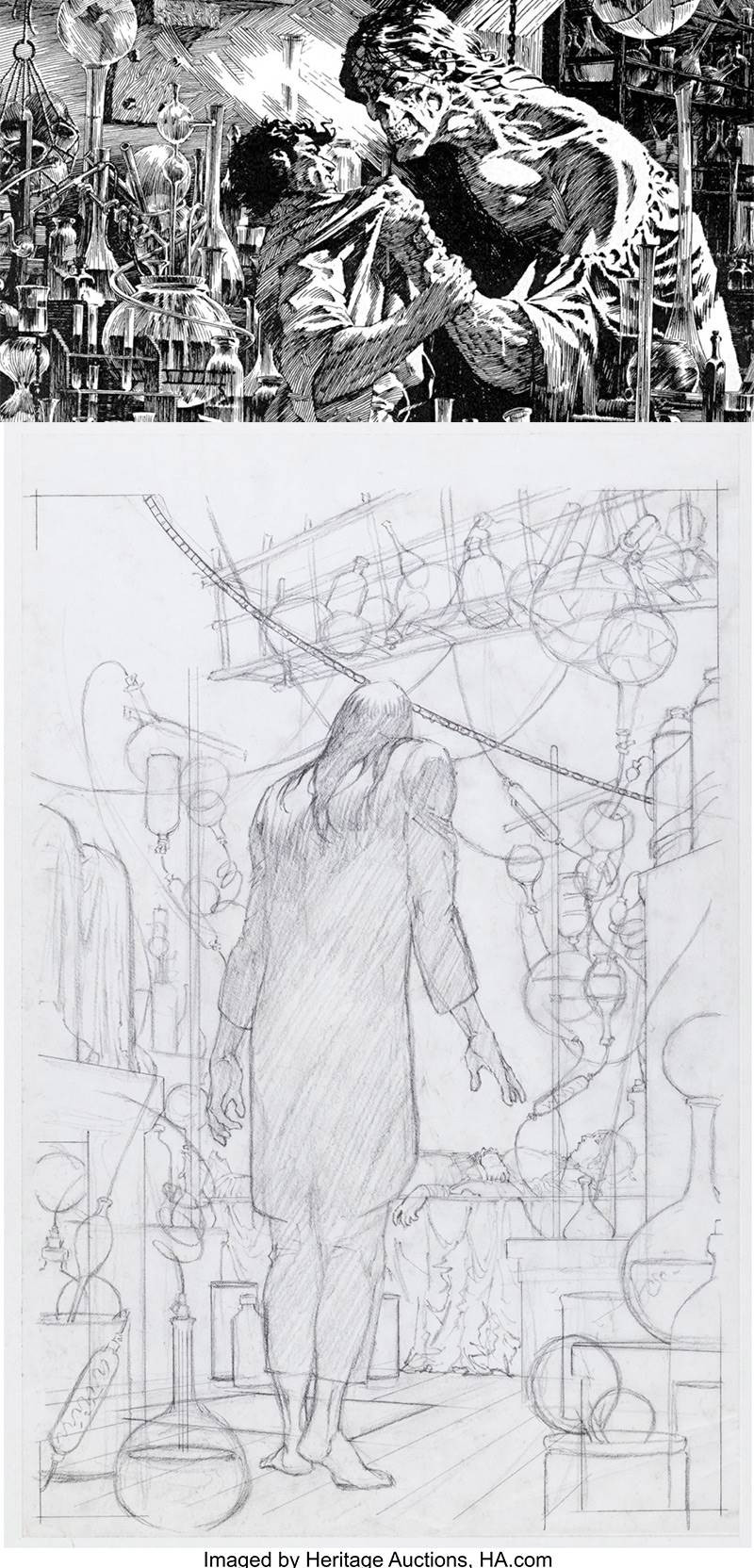
Albrecht Dürer
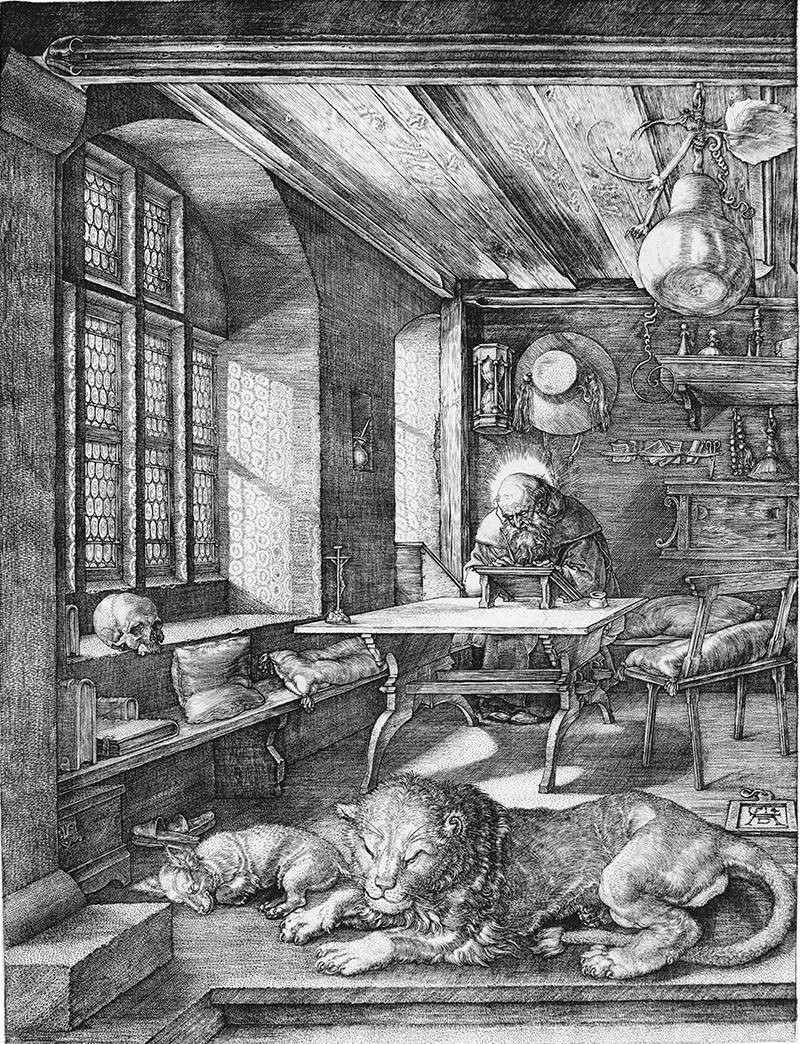
Scott Robertson

Feng Zhu
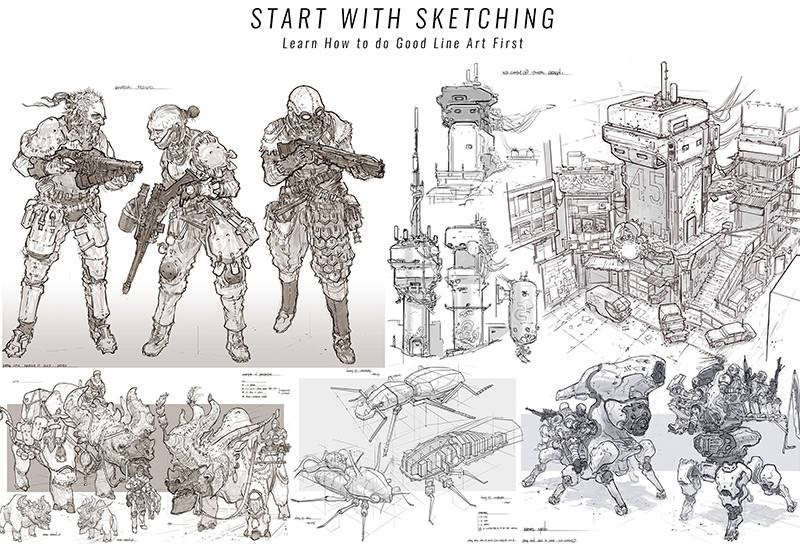
Jeff Watts
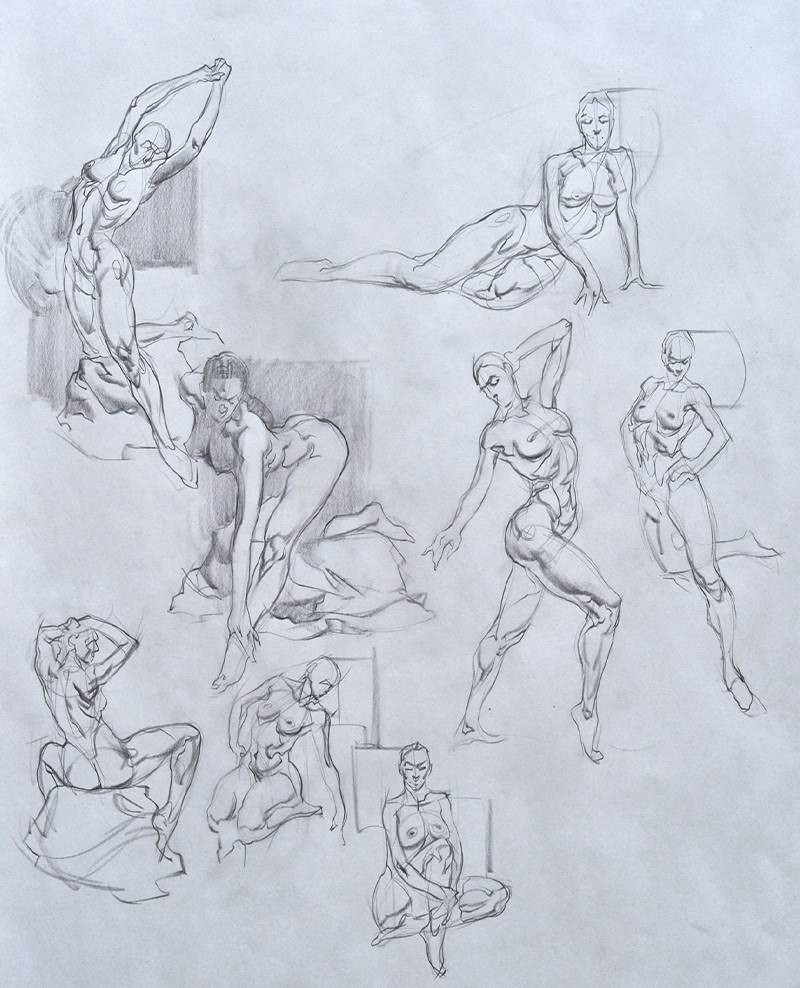
Howard Pyle







































